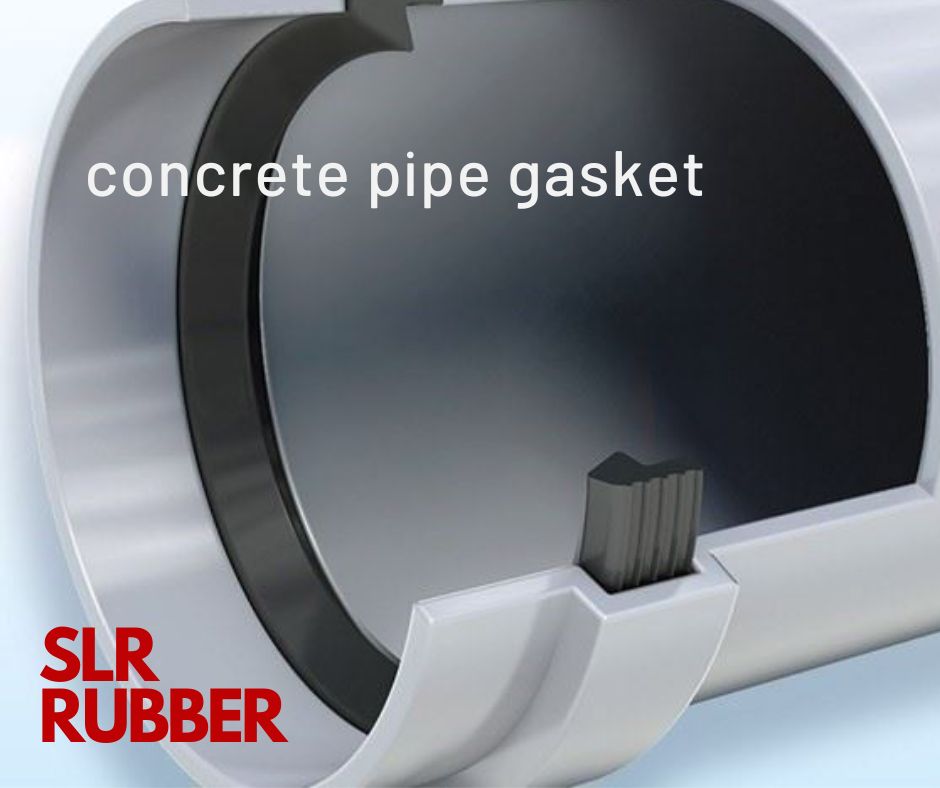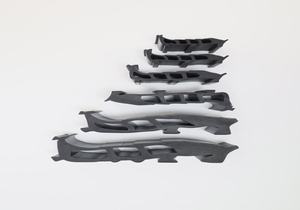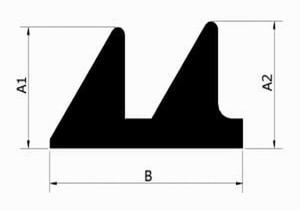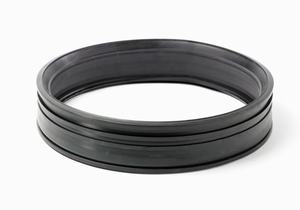Infrastructure gaskets are crucial components in various construction and engineering projects, playing a fundamental role in sealing joints, connections, and interfaces within infrastructure systems. These gaskets are designed to prevent leakage, withstand environmental stressors, and ensure the integrity and longevity of critical infrastructure such as pipelines, water treatment facilities, transportation networks, and industrial plants. With the increasing complexity and demands placed on modern infrastructure, the importance of high-quality gaskets cannot be overstated.
One of the primary functions of infrastructure gaskets is to create a secure and watertight seal between adjoining surfaces, effectively preventing the escape of fluids or gases. This is particularly important in applications where leakage can lead to environmental contamination, structural damage, or safety hazards. Whether it’s sealing pipe joints in water distribution systems, gas pipelines, or sewage treatment plants, infrastructure gaskets are essential for maintaining the reliability and efficiency of these vital infrastructure networks.
Infrastructure gaskets are manufactured using a variety of materials, each chosen for its specific properties and suitability for the intended application. Common materials include rubber, elastomers, plastics, metals, and composite materials. The selection of the appropriate gasket material depends on factors such as temperature, pressure, chemical compatibility, environmental conditions, and the type of joint being sealed. For example, silicone gaskets may be used in applications requiring high temperature resistance, while EPDM rubber gaskets are preferred for their excellent weathering and ozone resistance in outdoor applications.
In addition to providing a reliable seal, infrastructure gaskets must also accommodate movement, vibration, and thermal expansion and contraction without compromising their effectiveness. This requires careful consideration of the gasket design, including factors such as thickness, shape, compression properties, and surface finish. Advanced sealing technologies such as compression seals, molded seals, and expansion joints are employed to ensure optimal performance and longevity in diverse infrastructure applications.
Proper installation, maintenance, and inspection are essential for maximizing the performance and lifespan of infrastructure gaskets. Installation procedures must be followed meticulously to ensure uniform compression and alignment, thereby achieving a tight seal without over-stressing or damaging the gasket material. Regular maintenance and inspection help to identify signs of wear, deterioration, or damage, allowing for timely replacement or repair to prevent leakage and maintain system integrity.
Beyond traditional infrastructure applications, gaskets also play a critical role in emerging sectors such as renewable energy, including wind and solar power generation. Gaskets are used to seal components such as turbine towers, solar panel frames, and electrical enclosures, ensuring optimal performance and reliability in these rapidly evolving technologies.
In conclusion, infrastructure rubber seals are indispensable components in a wide range of construction, engineering, and industrial applications. By providing reliable sealing solutions, these gaskets contribute to the safety, efficiency, and sustainability of critical infrastructure systems worldwide. As infrastructure needs continue to evolve and grow, the demand for innovative gasket materials, designs, and technologies is expected to increase, driving ongoing research, development, and advancement in this essential field of engineering.











